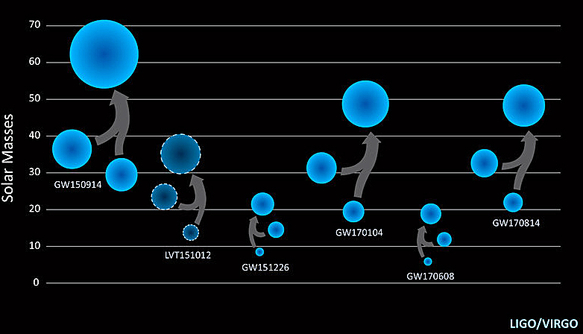Weather
The temperature in Kathmandu is about 25-30 C during daytime and 15-20 C during the night. It should be quite sunny but occasional rain is possible. If you are going to the mountains after the conference, the temperature there can eventually drop below 0 C. If you go above 4500 m above sea level, snow is possible even if unlikely. Do not forget your sunscreen anyway.
Water
Tap water in Kathmandu contains high levels of minerals and is not recommended to drink it. The Radisson hotel will provide two liters of bottled water per day per room as well as free filtered water, which is completely safe and up to WHO standards. Bottled water is also available in local shops.
Ethics and Etiquette
See here for information on Nepalis practice cultural etiquette.
Restaurants
In Kathmandu there are a lot of restaurants which offers very good food and are quite inexpensive. You may find a list of them and some suggestions here
Currency
The currency is Nepali rupee. The current average exchange rate is about 121 NPR per USD and 135 NPR per EURO. There are numerous exchange counters in town (mostly in Thamel, the tourist area, 10 min. walking from the hotel Radisson) which also exchange other major currencies. Be careful with the rate offered by your hotel, it may be much worse. You can also change money at the airport. Indian rupees are accepted in most places (except high mountains) at a fixed rate of 1.6 NPR per INR, but 500 INR bills are not accepted. In many places you can pay in USD or EURO. There are many ATMs connected to international networks in Thamel, where you can use, e.g., your bank card.
Visa Requirements
Citizens of almost all countries NEED a visa to Nepal (see Ministry of Home Affairs Web Site for more details). The majority of all nationals can obtain their (tourist) visa on arrival at the Tribhuvan international airport. At the time of writing, there are no entry restrictions due to Covid-19. The latest information is always available at Visa-On-Arrival and we encourage all participants to re-check the immigration rules a few days before their departure.
The current prices are: 30 USD for 15 days; 50 USD for 30 days; 125 USD for 90 days. It is advised to bring the due amount in cash. Some nationalities (SAARC citizens, Chinese nationals) and children under the age of 10 get their visa free of charge.
Your passport should be valid at least 6 month after the entry date.
To speed up the process you can fill in the Online Tourist Visa Form. If you fill the online form, you will get a submission receipt which you need to print and bring with for acquiring visa at the airport. PLEASE NOTE that it works for fifteen days and becomes invalid after then and you will have to fill it up again.
Note, however, that some nationalities do need to follow different procedures, which require contacting the Nepali consulate in advance, and/or showing a Letter of Invitation when applying for the visa at Kathmandu airport.
Trekkings
Nepal is a very unique country, with the greatest altitude range on Earth, between Terai (including, e.g., the Royal Chitwan National Park) around 100m above sea level, and Mt. Everest, about 8850m. One of the great attractions of Nepal is trekking. From Kathmandu, one can take a flight to Lukla (2800m above see level), and about 10 days of relaxed walking gets you to Kala Pattar at 5545m, just next to Mt Everest (shorter treks are possible, and very nice as well). On the way, there are lodges with quite reasonable food, so you need to take along only clothes and a sleeping bag (no need for a tent or a sleeping mat).
You can find a lot of useful information and possible trekking routes in many guide books and in many different web sites. In Kathmandu there are a lot of trekking agencies which can help you in organizing a trip.
For a number of easily accessible places, you do not need a trekking permit. However, entry fees are required to national parks, e.g., Sagarmatha (Everest) or conservation areas, e.g., Annapurna, which can be paid in Kathmandu. In some places (such as Annapurna Conservation Area) the fees are twice as expensive at the entrance to the park than in Kathmandu. You may also need a photo to get a permission. The organizers can provide some detailed information for those who request that. In our private opinion having a Nepalis porter or guide helps the local economy and the knowledge of the Nepalis people.
Please take also into account that the Trekking Agents Association of Nepal (TAAN) asked to the Nepal Government to make a legal provision for mandatory guides and/or porters for foreigners. The request from TAAN is still under debate but it could be accepted by the Nepal Government.
